overleaf template galleryLaTeX templates and examples — Recent
Discover LaTeX templates and examples to help with everything from writing a journal article to using a specific LaTeX package.
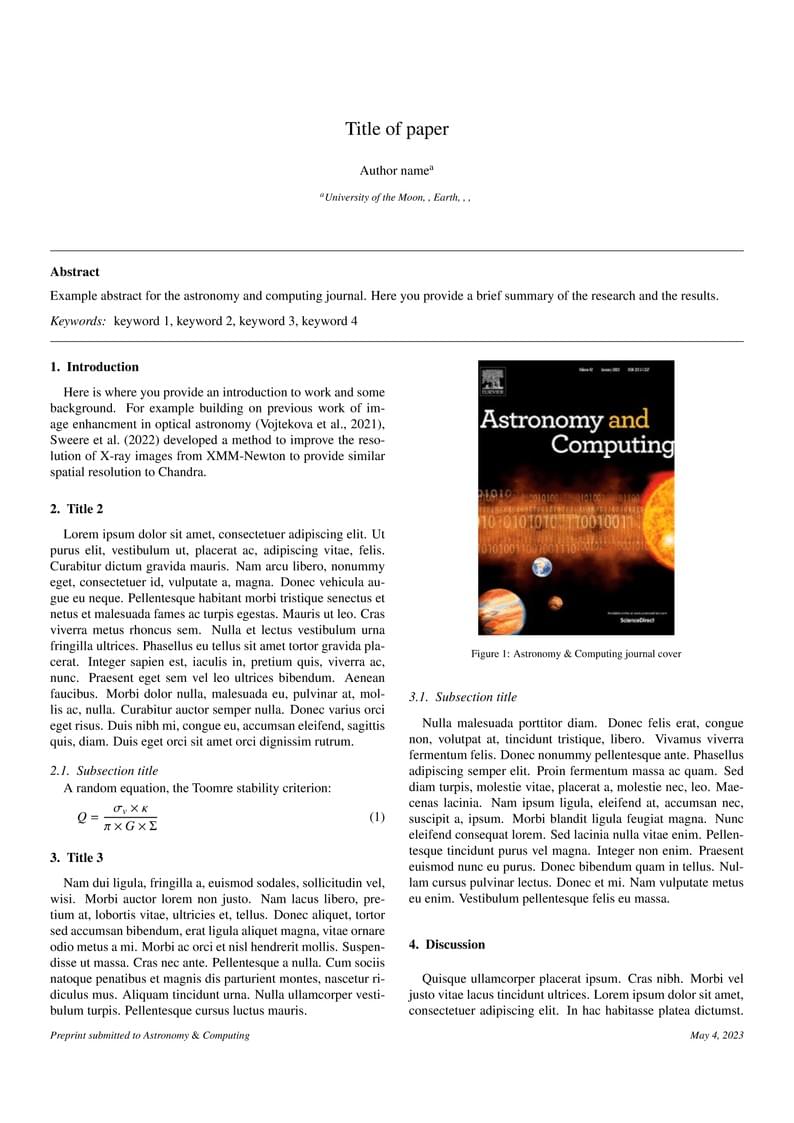
LaTeX template with the updated sources files for a paper to be submitted to the journal Astronomy and Computing.
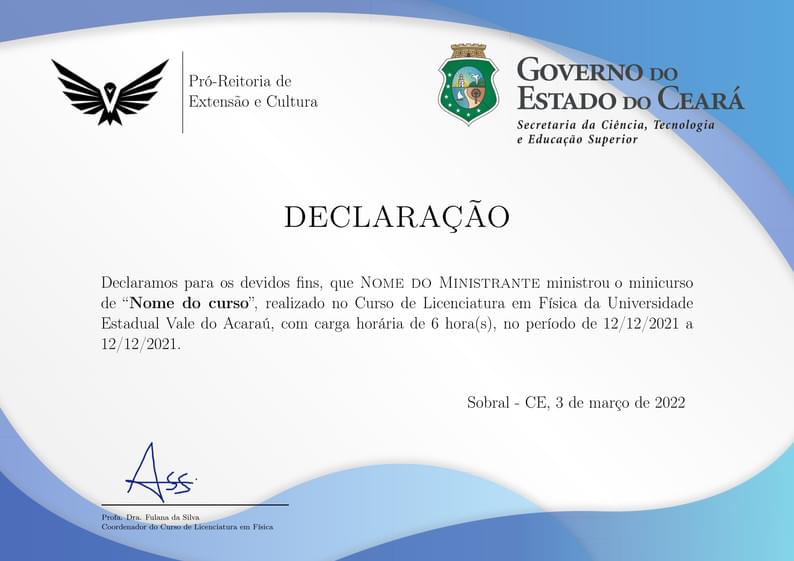
Gerador de Certificados e Declarações simples e funcional, disponibilize certificados e declarações de forma rápida e segura com este modelo de documento. Click em "Abrir como modelo" e crie os seus certificados/declarações.
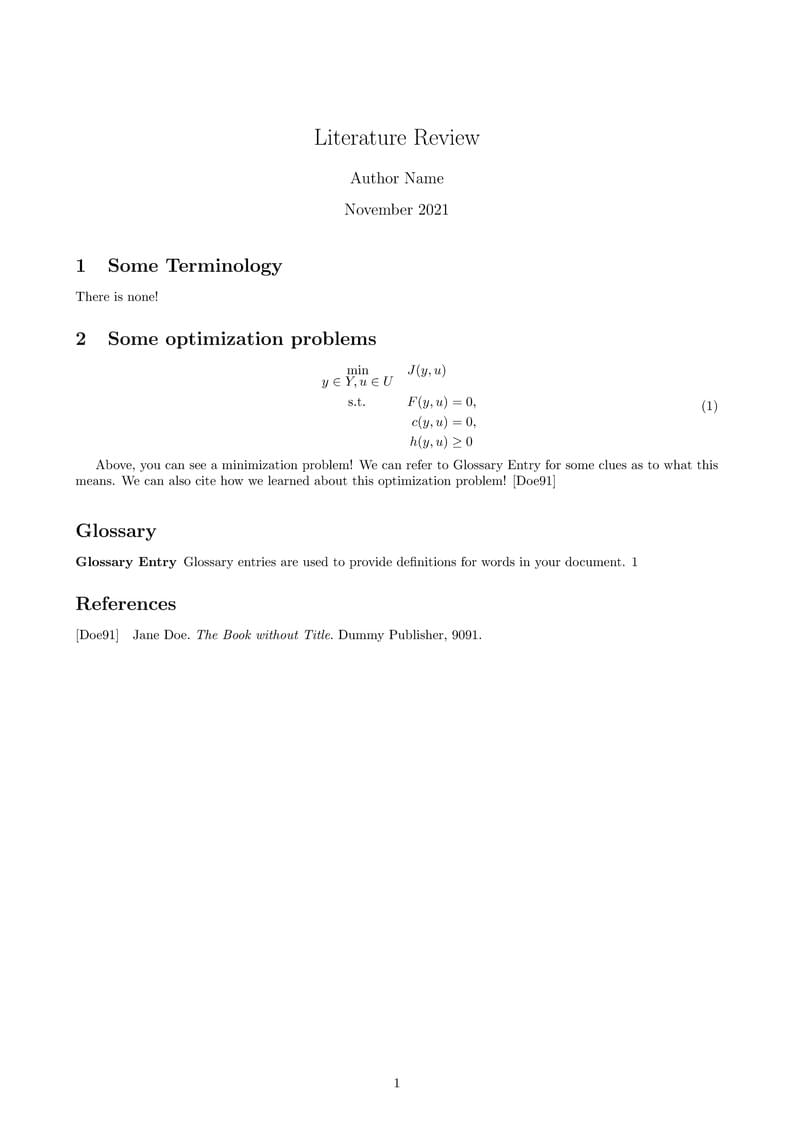
A template latex file for keeping notes on literature reviews. Includes a glossary and biblatex integration
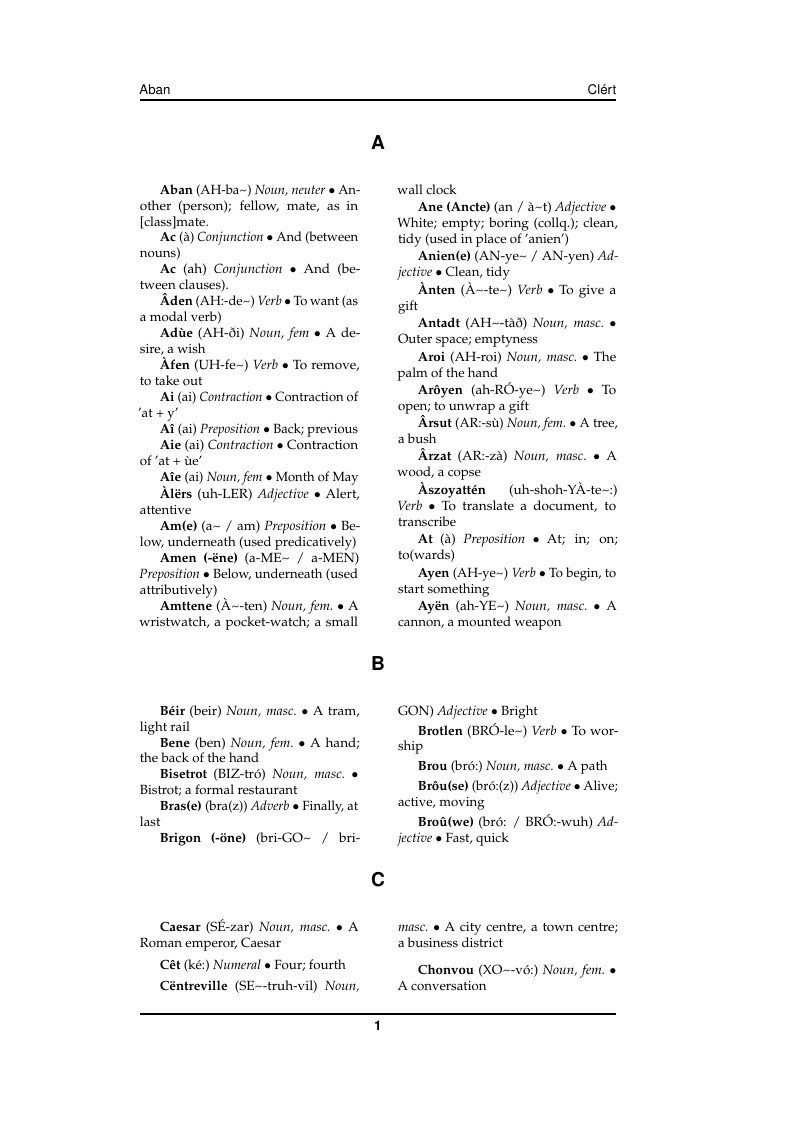
Émadian Dictionary
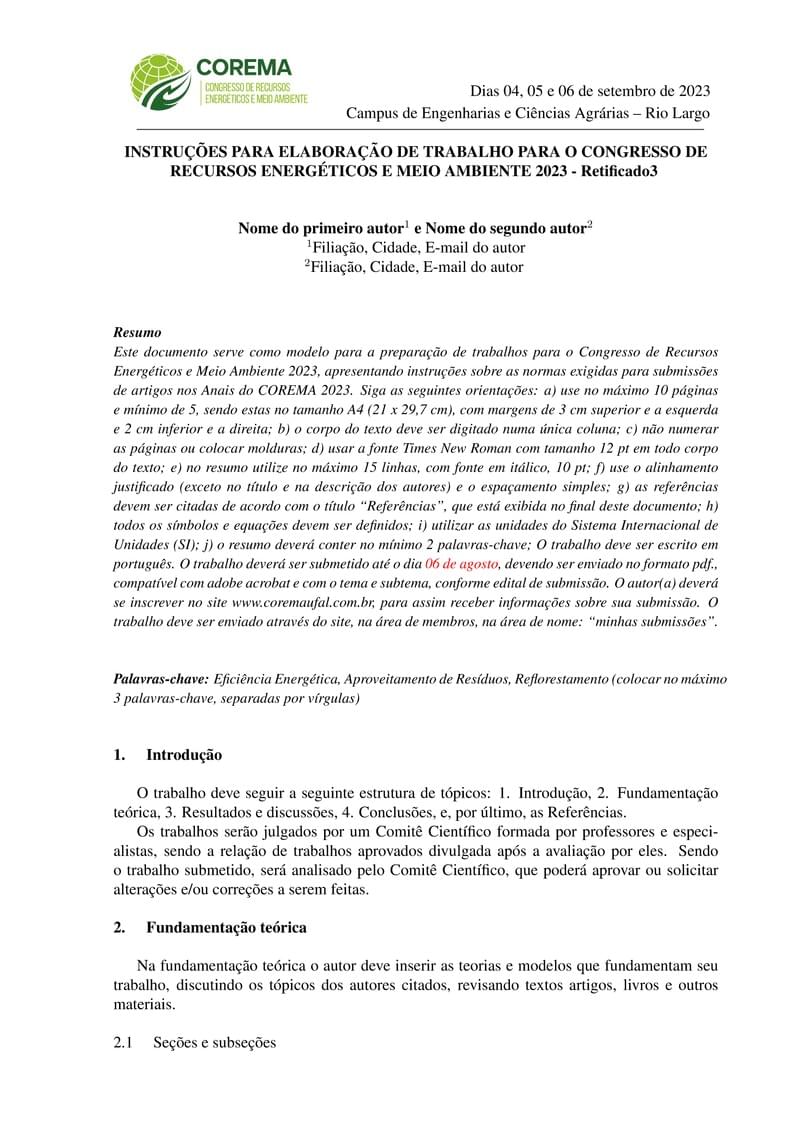
Template para o Congresso de Recursos Energéticos e Meio Ambiente 2023 retificado com nova data e outras alterações.

Template INJEI Journal
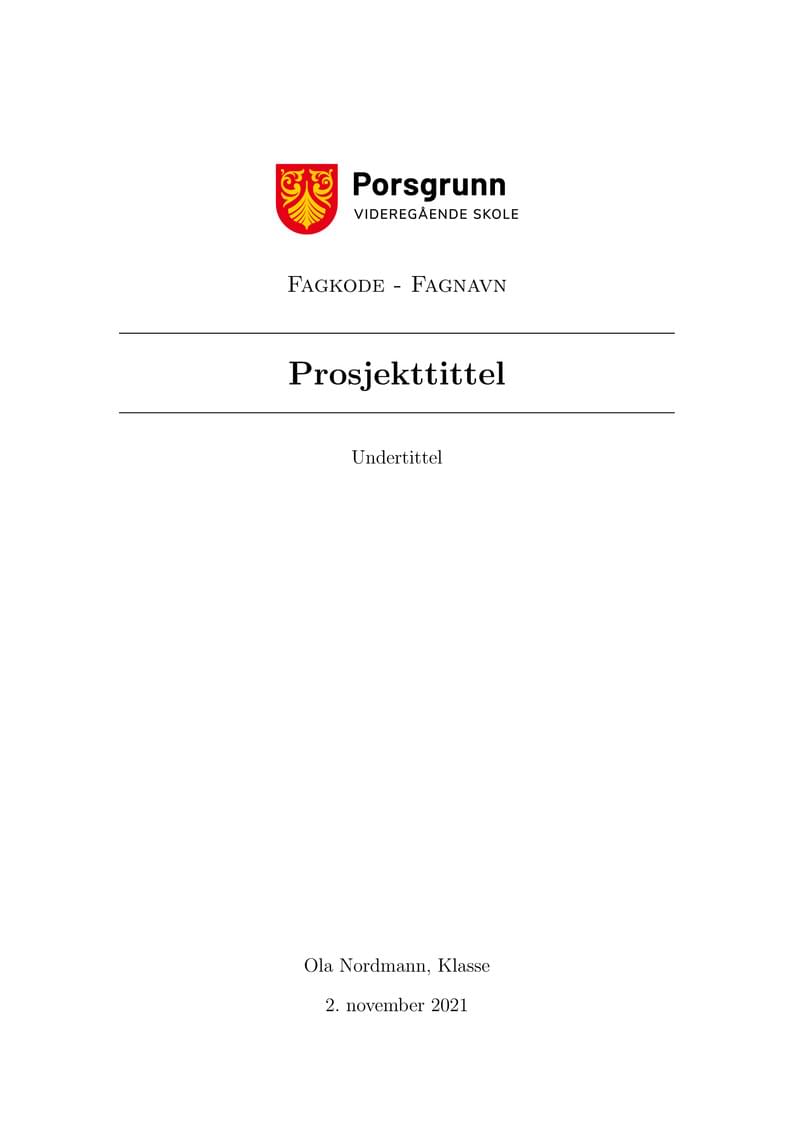
En mal som kan brukes som utgangspunkt til forskningsoppgaven ved Porsgrunn videregående skole.
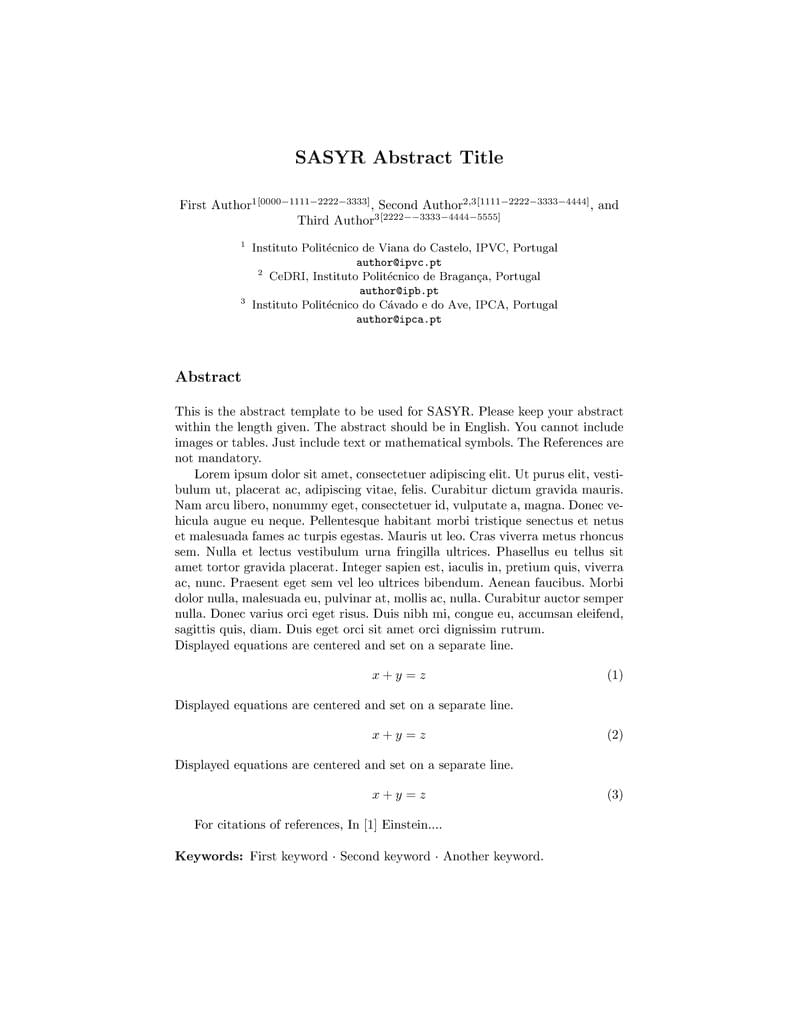
Abstract Template to be used in SASYR symposium.
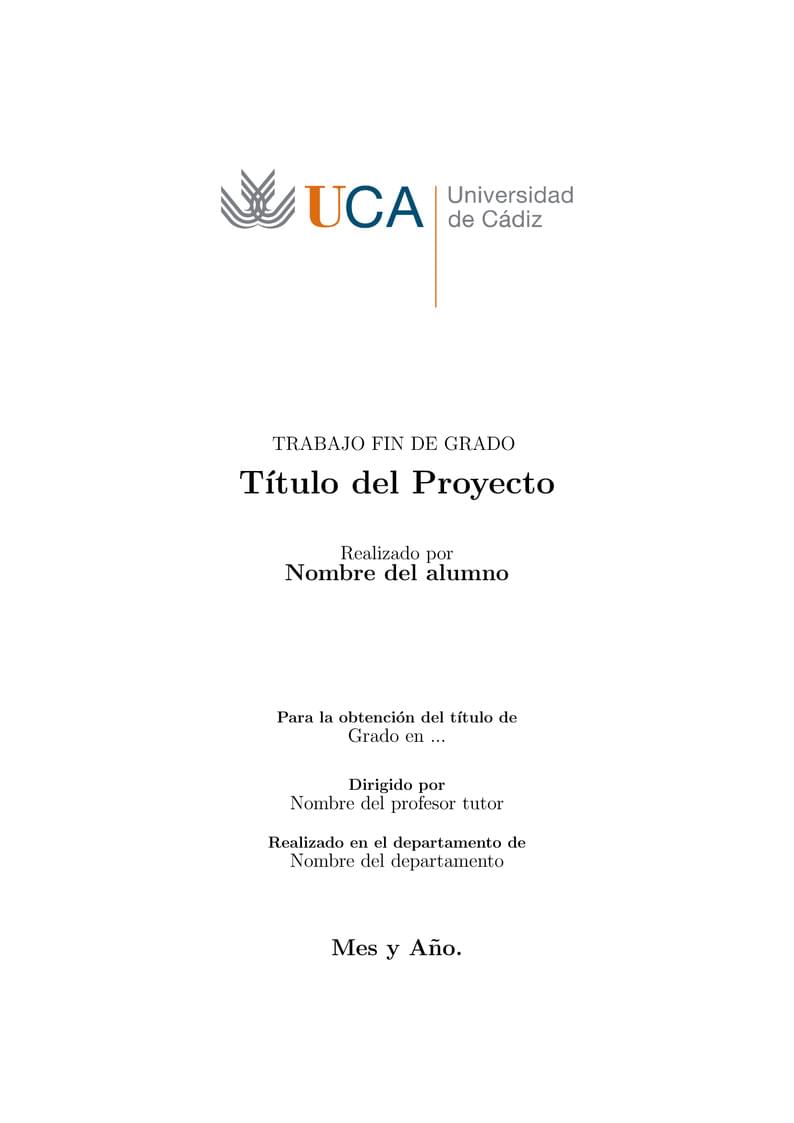
Plantilla para TFG/TFM desarrollado por el alumnado del Grado de Gestión y Administración Pública de la Universidad de Cádiz
\begin
Discover why over 20 million people worldwide trust Overleaf with their work.